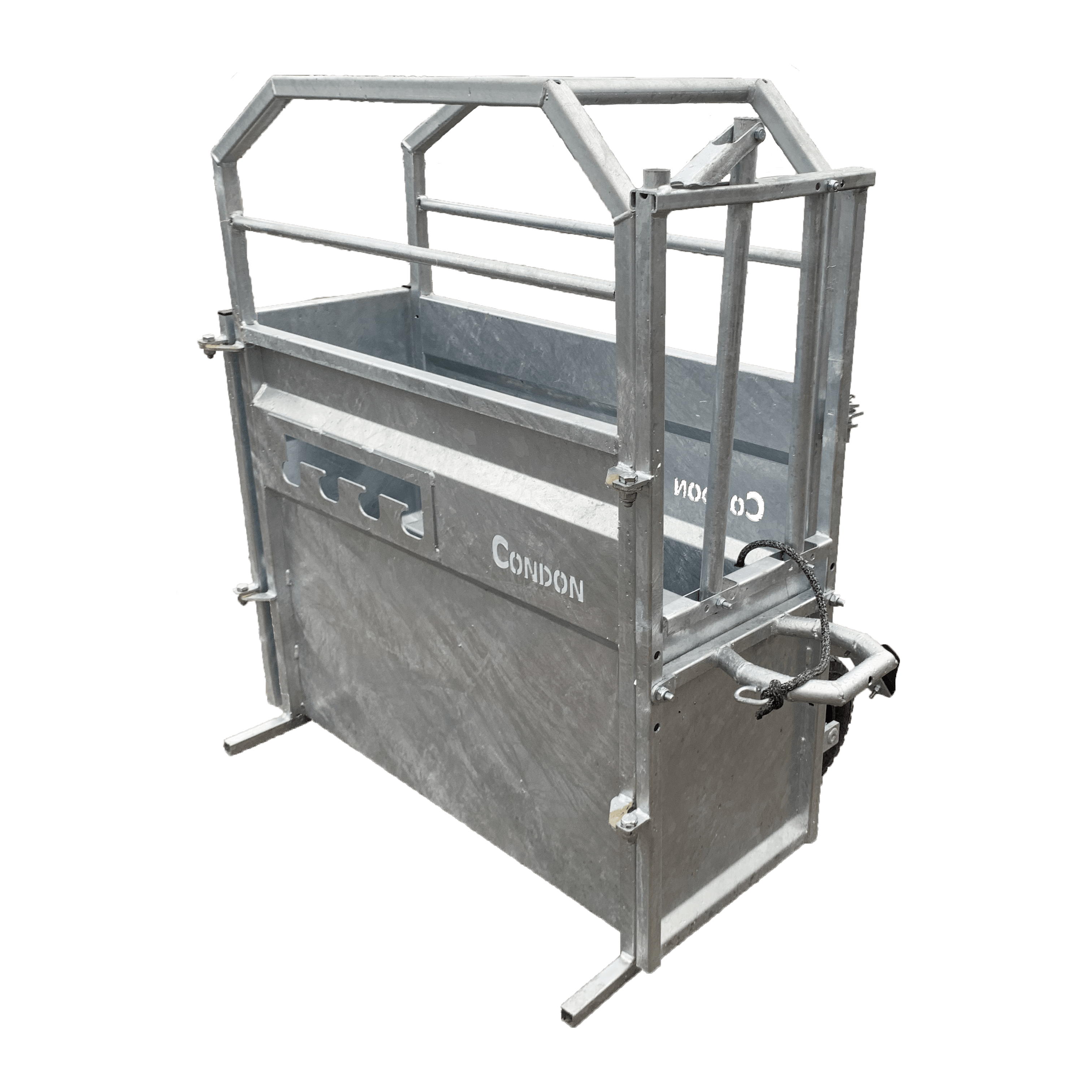

*Peroxide (for gentle cleaning of wounds no rinsing needed) *Homemade wound ointment (Mix together 1 medium container of Vaseline, 1 large tube of diaper rash ointment, 1 tube of womens yeast infection medication, 1 tube athletes foot medication, cup Betadine liquid, 1 tube triple antibiotic wound ointment) Nolvasan Teat Dip Concentrate (for dipping teats and navels) Ivermectin Pour-on or Injectable for Cattle These are better for coccidia than CoRid) *Sulmet 12.5% Drinking Water Solution (you can substitute Albon or Dimethox brands. Lactated Ringers Solution can be stored refrigerated for up to 6 months. many times if giving a large amount of fluid. Using the administration set allows you to stick an adult goat once or twice vs. *Lactated Ringers Solution and an administration set (Used for treating dehydration in kids and adults. *BoSe if you are in a selenium deficient area. It contains Yucca and Devils Claw extract which help with pain. *Tylosin (this often works better for pneumonia than penicillin or oxytet)ī-L Solution (Formerly Bute -Less and available from Jeffers as a liquid for horses. *Oxytetracycline (LA 200 or Biomycin 200) This is why epinephrine is the drug of choice for treating anaphylactic shock. Vasopressors constrict blood vessels causing the blood pressure to rise. Always have this ready when giving any injection in case of a severe allergic reaction. *Epinephrine with a syringe and needle rubber banded to it. I keep a copy of the Fias Co Farm chart printed out and in my Medicine Chest for easy reference. There is also a good dosage chart on the Fias Co Farm website. I also have a book called Veterinary Drug Handbook, by Donald C. See the product insert for dosage recommendations or consult a knowledgeable veterinarian. Always read the label carefully and store properly. Most medicines keep better at controlled room temperature (72 degrees to 82 degrees) or under refrigeration.

I carry refrigerated medications to the barn in a plastic container with ice to keep them cold and make them last longer. I have a designated shelf in the fridge for drugs that need refrigeration. My OB kit is a briefcase style, waterproof tackle box that stays in the space between my lab desk and medicine chest. I have a desk in my kitchen area set up as a lab area for doing fecal and other testing with all of my reference books on a shelf above it. In two sections that stack I have three deep drawers and two shallow drawers. I keep most of my medicines and supplies in a plastic roll around cabinet I got from an office supply store. My farm Medicine Chest is rather extensive, I like to be ready for nearly anything. I just ran across this and thought I'd share it:


 0 kommentar(er)
0 kommentar(er)
